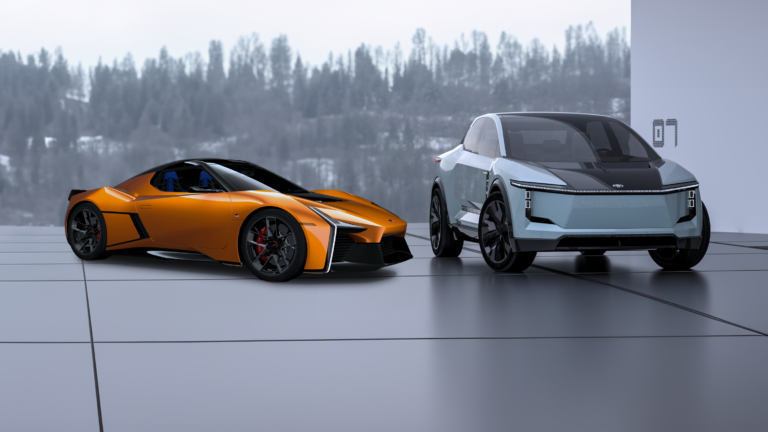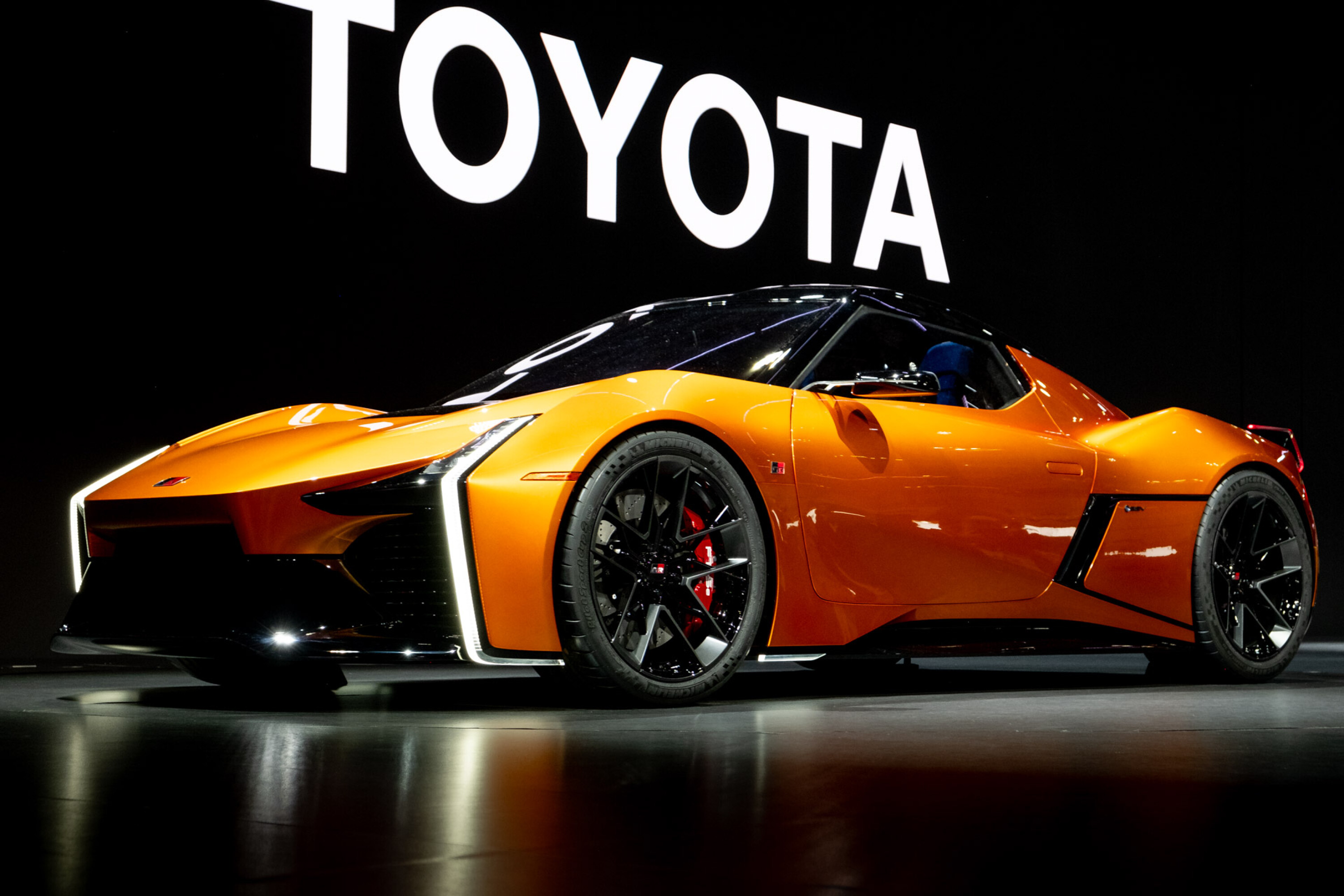Snapshot
- FT-Se sports concept doesn’t rely on heritage
- All-paw GR sports coupe promises to keep weight down
- If it comes to production expect a post-2026 release
Standing in front of Toyota’s heavily electrified showcase at the 2023 Japan Mobility Show, Hideaki Iida is the crisply-dressed project manager of GR design who explains that the FT-Se concept’s design is “about 80 per cent” production-ready… hopefully.
As the design lead of the latest Prius, Hideaki-San is no stranger to releasing what looks like a near-concept production vehicle. And he confirms when asked that the FT-Se is, indeed, a forward-looking beacon for Gazoo Razing’s future.
“We don’t need to rely on heritage for this car. It’s a brand new top-end GR sports car”, he says with confidence, agreeing when I point out the similarities between it and a Lotus Evora: “I think so, too, because Lotus is focused on track racing and GR is the same. As a result, we may have a little similar point, I have to admit”, he said.

The production targets are still based around existing cars, though, including keeping this all-wheel drive electric sports car fun to drive. The engineers are targeting a driving range of around 400km, with similar acceleration and weight figures to the existing Supra. They also claim it won’t be supercar expensive – but don’t expect GR86 pricing for the production version.
Creating the FT-Se all hinges on a new architecture with new slimline high-power lithium-ion NCM batteries (not solid-state just yet) that will be shared with the Lexus LF-ZC, as well as Toyota’s FT-3e SUV. A production version of the FT-Se could happen post-2026 following Lexus’s models to market.
“We can minimise the [size of] the battery and we can use it for speed, or we can use it for space. As a result, we can make [FT-Se] as low as possible, with no engine we can achieve really good visibility, and for aerodynamics, we have a very smooth side profile”, says Hideaki-San.
As for the engineering side, FT-Se lead and group manager for GR vehicle development Fumihiko Hazama had plenty to say about the FT-Se’s dynamics. And, being responsible for the latest Supra chassis upgrades and the addition of a manual gearbox, he’s a good man to have on the project.
One of the challenges with an electric car is how it responds to inputs. Yes, with the battery beneath the floor (unlike Lotus’s unique ‘spine solution’) the FT-Se has a low centre of gravity. That’s good, but Hazama-San promises his team have been working hard with suspension geometry to minimise fore-aft squat and pitch for GR’s incoming sporty EVs to make them more natural (and fun) to drive.
“We have technology in the FT-Se for a simulated manual”, he says, confirming rumours and patent filings, “it makes it more fun for driving. [The FT-Se] doesn’t have a transmission, but our technology simulates this with paddles or a central shifter.” it’s not about outright pace (that’s easy in an EV), instead about making cars interactive, something simulated sounds may help with, too.

“We have many kinds of engines: four-cylinders, six-cylinders, three-cylinders and Lexus corporation even has a V10. There are many kinds of engines in the Toyota corporation with good sounds, so the customer might be able to select the artificial sound.”
If the above sounds like the Hyundai Ioniq 5 N, you wouldn’t be far wrong. But Toyota is even experimenting with a full-on simulated six-speed manual transmission in (strangely) a Lexus UX300e mule [↗].
As for a production date, Hazama wouldn’t be drawn on specifics, though he did say: “We need some voices from customers saying: earlier, earlier, earlier!”
With the platform launching under the LF-ZC in 2026, it’s safe to assume Toyota will be ripe to release its takes afterwards, potentially including a finished version of the FT-Se.
We recommend
-
 News
NewsToyota FT3E SUV & FTSE coupe: Electric concepts revealed
Toyota follows up its electric LandCruiser and ute concepts with a new RAV4-sized EV and a compelling GR-badged electric coupe
-
 News
NewsToyota at the 2023 Japan Mobility Show: Next-gen electric cars previewed
The Toyota stand was predictably bustling as the brand changes tack to a BEV future
-
 News
NewsToyota boss says EV strategy runs deeper than a ‘quick fix to zero emissions’
Plug-in and regular hybrids, hydrogen fuel cells, and electric vehicles to live in harmony on the way to lowering emissions






